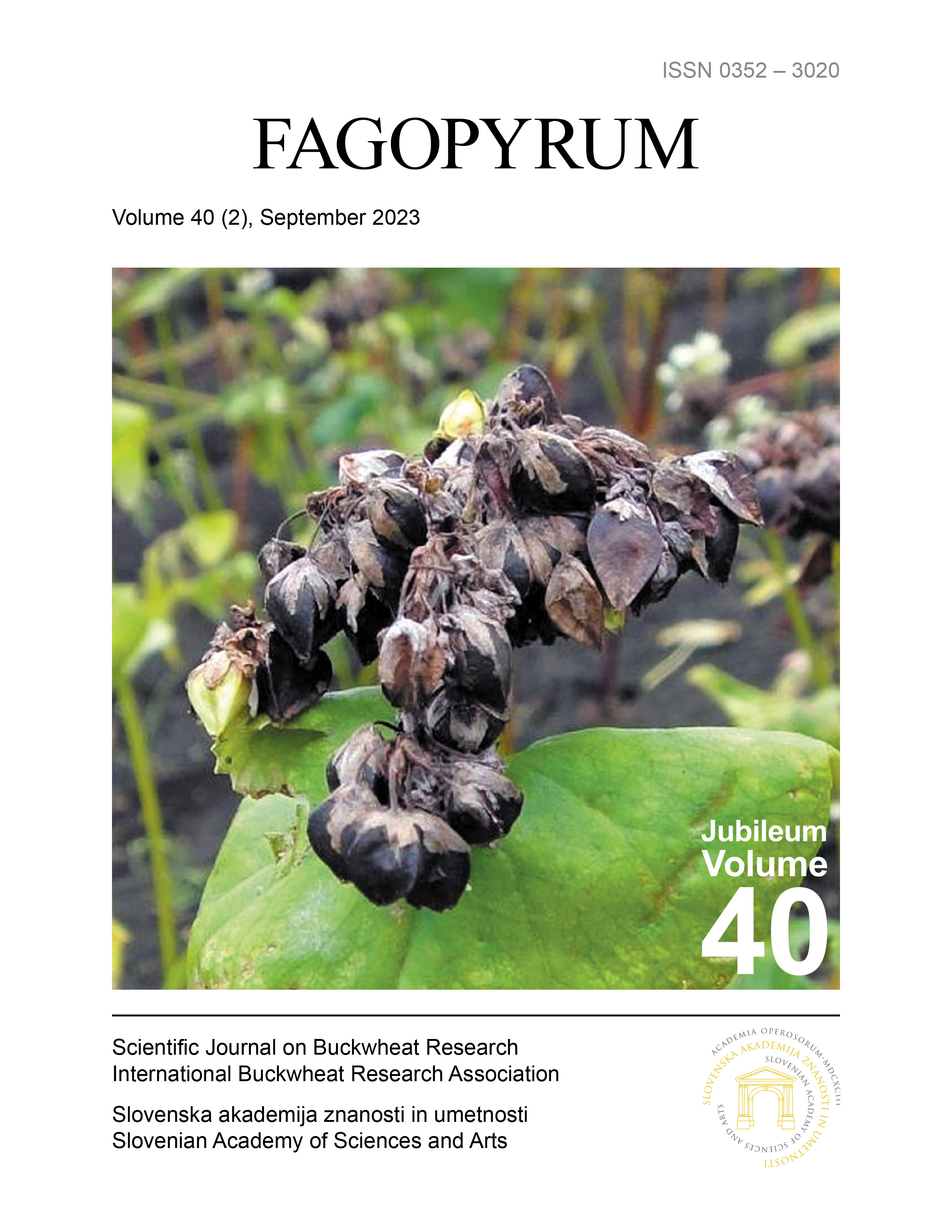Effects of Rutin and Selenomethionine in Selenium-Enriched Tartary Buckwheat Roasted Grain Tea on Glucose and Lipid Metabolism in db/db Mice
DOI:
https://doi.org/10.3986/fag0033Keywords:
selenium-enriched Tartary buckwheat tea, selenomethionine, rutin, diabetesAbstract
Rutin and selenomethionine in selenium-enriched Tartary buckwheat roasted grain tea have certain effects on glucose and lipid metabolism in type II diabetes mellitus, but the mechanism of intervention is still unclear. This study utilized selenium-enriched Tartary buckwheat tea, rutin, and selenomethionine as research materials, with db/db mice serving as the research subjects. Diabetes control (DC), positive control group (PC), rutin group (RC), selenomethionine group (SC), low dose selenium-enriched Tartary buckwheat tea group (TBG-L), medium dose group (TBG-M) and high dose group (TBG-H) were set up. The effects of selenium enriched Tartary buckwheat tea, rutin and selenomethionine on glucose and lipid metabolism in db/db mice were investigated by blood biochemical analysis, liver function and oxidative stress measurement, histopathology and glycogen determination and mRNA expression analysis. Selenium-enriched Tartary buckwheat tea and its active ingredients rutin and selenomethionine can reduce fasting blood glucose and glucose resistance in db/db mice. Dyslipidemia of db/db mice was improved to some extent. The changes of MDA, CAT, T-SOD and GSH-Px enzyme activities in liver also indicate that TBG can improve the oxidative stress of liver and exert liver protection activities. Selenium-enriched Tartary buckwheat tea, rutin and selenomethionine can mediate glycogen storage by increasing glycogen synthesis and inhibiting gluconeogenesis in the liver of diabetic db/db mice, and can effectively mediate the expression of related genes during gluconeogenesis. Among the selenium-enriched Tartary buckwheat groups, the effect of TBG-H group was the most obvious, which indirectly indicated that rutin and selenomethionine could play synergistic roles in gluconogenesis.

